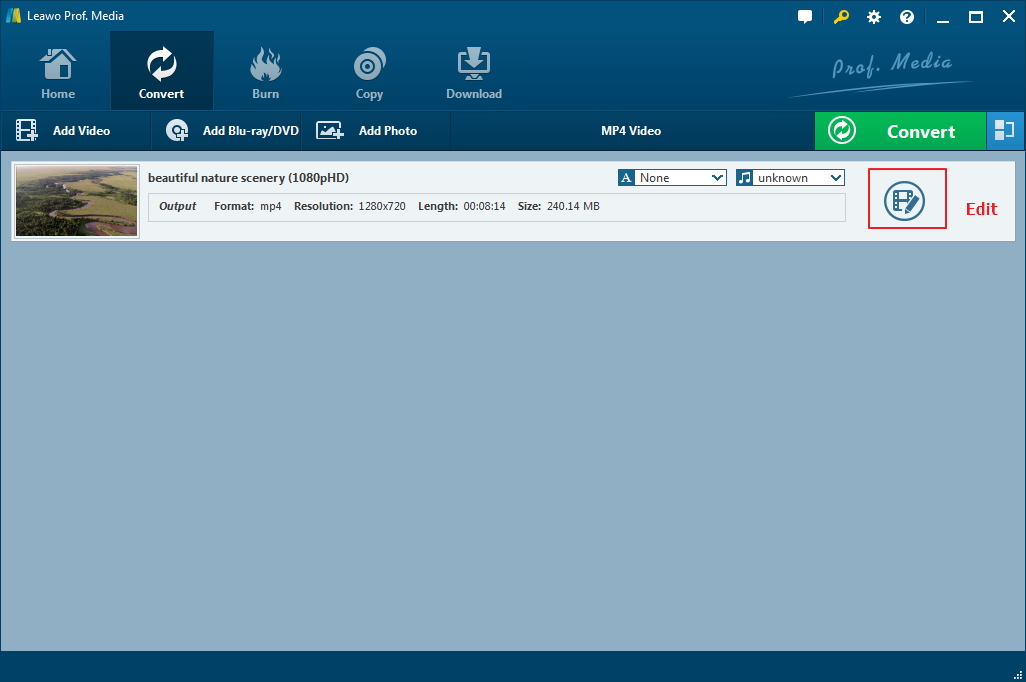

Use the Marker A A button to set the start of what you want to edit. Otherwise your audio will be out of sync. If you are editing a file with variable bitrate audio, run Audio→Build VBR Time Map before you do any editing.Open the saved video in Avidemux and it will now automatically sync the audio with the video when you do edits. Second, now the external audio source is internal audio source in the video you saved. First, use Avidemux to add the external audio source and then save your video. When doing cutting or deleting, if the video has an external audio source, Avidemux will not cut sections of the external audio to synchronize or match the video timing. Avidemux will make sure to keep the audio in the stream in sync with the video, unless you have an external audio source. It can be used, for example, to remove commercials from a video capture. The Edit→Delete menu entry will remove frames from (A,B) from the stream. Mathematically speaking, the set of frames saved is (A,B). Every frame from marker A to marker B will be saved, excluding the frame at marker B. You can save part of a stream by going to File→Save→Save Video. So, for example, if marker A is at frame 0 and marker B is at frame 10, then you set marker A to frame 20, Avidemux will actually put marker A at frame 11 and marker B at frame 20. If you try to set marker A to a frame after marker B, Avidemux will set marker B to that point, and marker A to the frame after where marker B used to be. Obviously, marker A can't come after marker B.


 0 kommentar(er)
0 kommentar(er)
